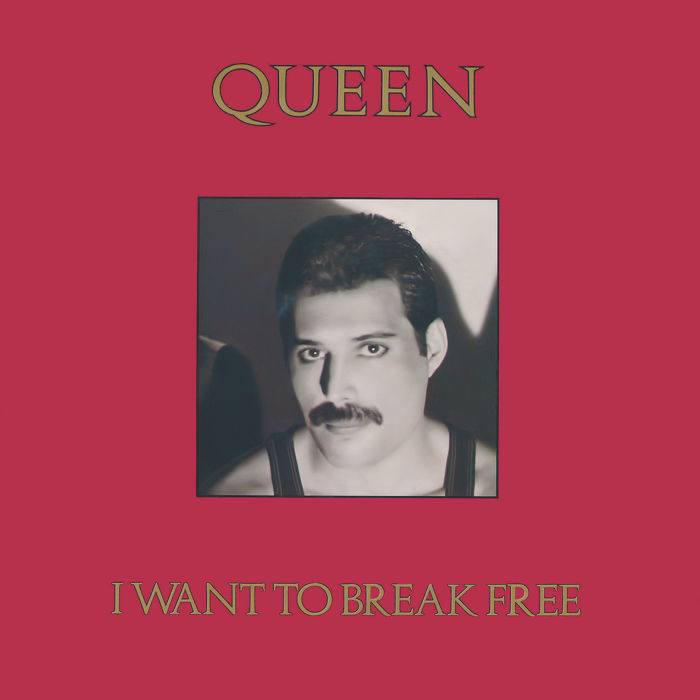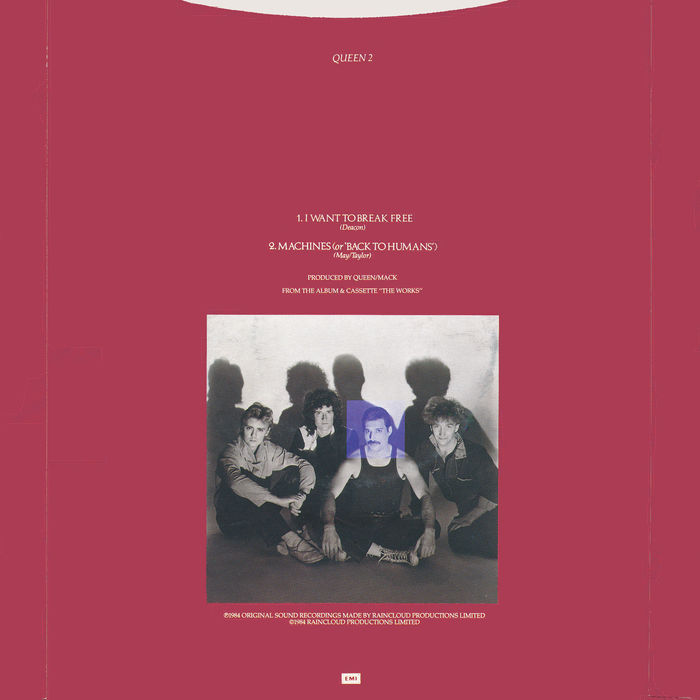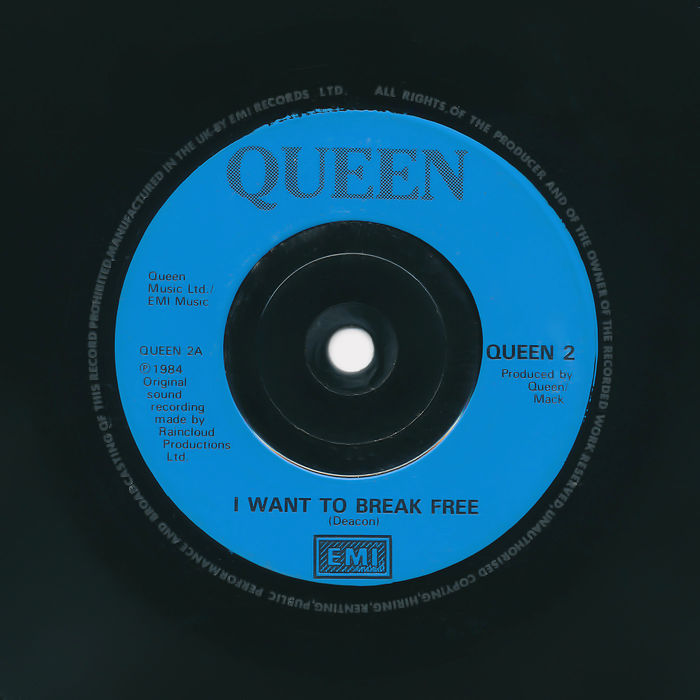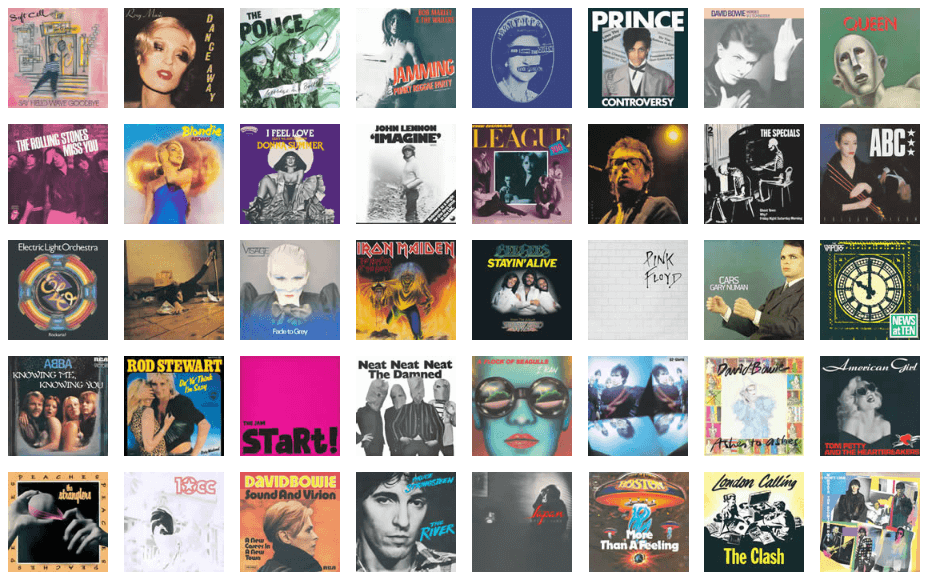The Story Behind The Song
Asked to name the members of Queen, some people might respond, "Mercury, May, Taylor and the other one". The other being John Deacon, the least showy of the quartet, and who effectively quit the group after Freddie Mercury died in November 1991. Yet the unassuming bassist was a key component in the success of the supergroup, writing some of Queen's finest pop hits, including Another One Bites The Dust, You're My Best Friend and I Want To Break Free.
Described by Circus magazine in 1975 as an "enigmatic brooder" who was one of his generation's more able rock musicians, Deacon was the last member to join Queen. He was reportedly chosen not only for his musical talent but also his quiet demeanour and his electrical skills. Before joining, he graduated with a first class degree in electronics. Not surprisingly, he was able to make his own equipment, including amplifiers.
Deacon's influences include Chic and Michael Jackson, clearly recognisable in some of his bass lines and songs. Although he never sang (apart from occasional backing vocals), he also played rhythm guitar and keyboards. Deacon told the BBC in 1977 how his first single release, You're My Best Friend, came about: "Freddie [Mercury] didn't like the electric piano, so I took it home and I started to learn it and basically that's the song that came out when I was learning to play. It was written on that instrument and it sounds best on that." In the same interview, Mercury said, "I refused to play the damn thing. It's tinny and horrible and I don't like [electric pianos]."
I Want To Break free was the second single release from The Works album, and is notable for its solo, which sounds like a modified guitar, but was a Roland Jupiter 8 analogue synthesiser played by Fred Mandel. "John did not want a guitar solo," Roger Taylor remembers. "So he got Fred, who's a very brilliant keyboard player, to improvise something around the main tune, and Fred did this brilliant take." Understandably, guitarist Brian May was a little put out. "I didn't exactly agree with it at the time, but I gave it my blessing... that's the deal."
The lyrics are quite straightforward. The song's protagonist wants to end a failing relationship ("I want to break free from your lies You're so self-satisfied I don't need you") because they have found someone else ("I've fallen in love for the first time And this time I know it's for real"). Yet the current relationship has become so normalised that our protagonist has doubts ("I can't get used to living without, living without Living without you by my side"). However, the lyrics can be applied to almost any situation where people feel trapped or oppressed. In South America, especially at the time of its release, it was interpreted politically: people wanted to break free from the lies of self-satisfied (and self-appointed) dictatorships.
If there is a Pantheon of celebrated videos, the one for I Want To Break Free would be included. In terms of creativity and cultural impact, the promotional video had reached its apogee by the mid-1980s, and I Want To Break Free ticks both boxes. It was directed by prolific video-maker David Mallet, who also directed videos for Blondie's Hanging On The Telephone, David Bowie's Ashes To Ashes and I Don't Like Mondays by The Boomtown Rats). Based on an idea from one of Roger Taylor's girlfriends, the first part of the video is an amusing parody of Coronation Street, featuring the group members in drag representing stereotypical female characters from the soap opera. Freddie Mercury and Brian May are housewives, John Deacon a grandmother and, perhaps most shockingly, Roger Taylor a schoolgirl.
The joke was parochial British humour, and did not travel well. It proved controversial at the time, with MTV refusing to play it. Obviously, drag was deemed to be subversive. Brian May reflected later: "I think at that point we lost America, which is a shame, as it means there's a whole chunk of Queen songs which never got played or heard there."
The indifferent reaction was not confined to America, however. When Queen performed the song as part of their headline set at the Rock In Rio Festival in January 1985, Freddie wore a wig and huge, false boobs, reflecting the video. Contemporaneous tabloid reports suggested that the 250,000 crowd became hostile, but archive footage shows this was not the case. The audience was not universally approving, however, and Freddie dropped the drag for subsequent performances in Rio.
Queen did most of their touring in the 1970s, and I Want To Break Free was only performed live 71 times, ten times less than Bohemian Rhapsody, but it consistently features in the Top 10 favourite Queen songs, including the Rolling Stone Readers' Poll of Greatest Queen Songs. And rightly so.
We hereby instate I Want To Break Free by Queen on The Wall as No.18 Best Single of 1984
Catchy, with a compelling performance from Mercury, but this song is probably best remembered for its controversial, men-in-frocks MTV video. Dave B




